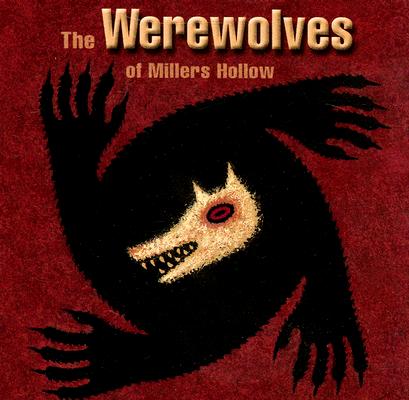Forbidden Island is a 2 to 4 players cooperative tile & card game, designed by Matt Leacock, the man behind Pandemic, and published by Gamewright.
You play a party of fearless adventurers, come to the Island to unearth four ancient artefacts from its ruins. Only the island doesn’t approve of your looting ways; it’ll sink into the abyss under your feet & drown you dead if it gets the chance.
So prepare to lift some sandbags, you’ll have to keep shoring bits of the island to prevent it from being swallowed into the ocean before you can escape.
At the start of the game, each player receives a role, complete with special abilities, before part of the island gets flooded for the first time. Turns consists of an action phase (players can move, shore tiles, collect treasure…), a treasure phase (players draw cards more or less helpful cards), and a flood phase (the clue is in the name).
Seasoned gamers will be familiar with some of the mechanics used in this game; the Waters Rise concept, the good Treasure cards versus the bad Flood cards and the order of play are all very similar to the mechanics of Leacock’s most famous brainchild, Pandemic. This is not to say that Forbidden Island is derivative; it may appear so at first, but the gameplay is actually fairly unique.
 The board is made
The board is made
up of 24 tiles shuffled together & laid out at random at the start of the game, lending Forbidden Island extra replay value. Plus board gamers always love a chance to lay out tiles.
Particularly considering that there is a definite hierarchy between tiles. Some places are just more important than others – chief amongst those is Fool’s Landing, where you parked your chopper. It’s fine for it to get flooded, but if it sinks, your getaway ride drowns into the abyss and you’re dead.
The stakes are escalated throughout the game as waters rise, and the island sinks further and further. If you draw one too many Waters Rise card, you’ll have to start flooding more and more tiles each turn, and return all the discarded flood cards to the top of the deck, increasing the pace of the island’s sinking. When a tile sinks, it is taken out of the game, along with the corresponding flood card, meaning each tile ends up at a much higher risk of being flooded.
You need a set of four matching treasure cards to claim a treasure, so the hand limit of five is quite punitive! All treasure cards are shuffled back into play when the deck runs out, so it pays not to be shy about using helicopter lifts or sandbags. This also means that treasure cards for artefacts you’ve already claimed become a burden, and towards the end will cause you to lose many turns in the pursuit of one last, elusive card.
It is also worth noting that Forbidden Island works very well as a two-player game, unlike many games of the ‘tack a couple of shoddy extra rules that don’t really work on the end and call it two-player’ persuasion. The more players, the more difficult it is to get your hands on enough cards of the same colour to actually collect a treasure – enter the harsh hand limit, and you get a nicely balanced game.

It’ll take some imagination to top the ridiculously cool petri dishes storage boxes and associated ‘hazardous material’ stickers that came with the Pandemic: On the Brink Expansion Pack, but overall I enjoyed the artwork for this game. The treasure tokens are a good touch, especially for children (or fake-grown-ups like yours truly), who will enjoy colourful pieces to fidget with. The island tiles and territory cards are lovely, done in the kind of whimsical style favoured by games like Dixit or Once Upon A Time. The game comes in a nice tin box with embossed top, which to my mind makes it a perfect gift – to yourself or someone else.
Through a few clever tweaks of the wonderful mechanics which have made Pandemic one of my absolute favourite board games, Leacock creates a whole new gaming experience. A lovely gateway game to pass the bug onto children and non-gamers, a great way to warm-up to playing Pandemic, and an engaging two-player experience – in short Forbidden Island is a lovely game, and one that I highly recommend.
If I haven’t convinced you, maybe TableTop host & geek superstar Wil Wheaton can, as he plays Forbidden Island with Sci-Fi & Fantasy writer John Scalzi, NASA engineer Bobak Ferdowsi, and drummer & singer Jason Finn:


